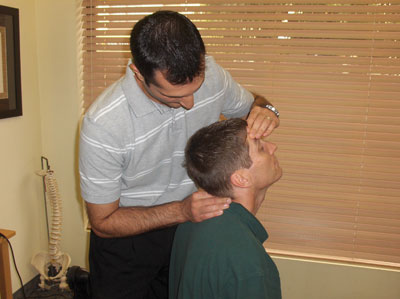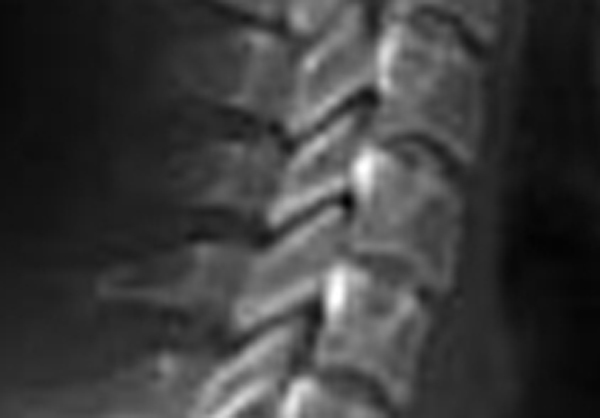Interexaminer Reliability of Seated Motion Palpation for the Stiffest Spinal Site
SOURCE: J Manipulative Physiol Ther. 2018 (Sep); 41 (7): 571–579
Kelly Holt, PhD, David Russell, DC, Robert Cooperstein, MA, DC, Morgan Young, DC, Matthew Sherson, DC, Heidi Haavik, DC, PhD
Center for Chiropractic Research,
New Zealand College of Chiropractic,
Aukland, New Zealand.
OBJECTIVES: The purpose of this study was to assess the interexaminer reliability of palpation for stiffness in the cervical, thoracic, and lumbar spinal regions.
METHODS: In this secondary data analysis, data from 70 patients from a chiropractic college outpatient clinic were analyzed. Two doctors of chiropractic palpated for the stiffest site within each spinal region. Each were asked to select the stiffest segment and to rate their confidence in their palpation findings. Reliability between examiners was calculated as Median Absolute Examiner Differences (MedianAED) and data dispersion as Median Absolute Deviation (MAD). Interquartile analysis of the paired examiner differences was performed.
RESULTS: In total, 210 paired observations were analyzed. Nonparametric data precluded reliability determination using intraclass correlation. Findings included lumbar MedianAED = 0.5 vertebral equivalents (VE), thoracic = 1.7 VE, and cervical = 1.4 VE. For the combined dataset, the findings were MedianAED = 1.1 VE; MAD was lowest in the lumbar spine (0.3 VE) and highest in thoracic spine (1.4 VE), and for the combined dataset, MAD = 1.1 VE. Examiners agreed on the segment or the motion segment containing the stiffest site in 54% of the observations.
There are more articles like this @ our:
CONCLUSIONS: Interexaminer reliability for palpation was good between 2 clinicians for the stiffest site in each region of the spine and in the combined dataset. This is consistent with previous studies of motion palpation using continuous analysis.
KEYWORDS: Observer Variation; Palpation; Reproducibility of Results; Spine
From the FULL TEXT Article:
Introduction
A commonly used chiropractic method for assessment of spine function is motion palpation (MP). [1, 2] This method has been found to be unreliable, with levels of agreement often being no better than those associated with chance. [3] This has led to criticism of chiropractic programs for teaching MP and for its use as an assessment in clinical practice. [4, 5] It has been argued [6] that previous study designs may have had design flaws that could account for the poor agreement results. Among the design flaws that may have lowered concordance were forcing examiners to classify each segment as either hypomobile or not, regardless if the participant lacked a stiff spinal site, or forcing a response when examiners were unsure whether a specific level was hypomobile or not. [6]
A continuous measures analytic system, combined with stratification by examiner confidence, has demonstrated good interexaminer reliability in detecting areas of maximum spinal stiffness. [6-9] Level-by-level analysis of agreement at each spinal level, assessed using the κ statistic, addresses a different question and would not be expected to detect examiner agreement on locations of maximum spinal stiffness. Although this continuous measures approach seemed potentially valuable, the present authors thought it best that this prior work be replicated using similar methodology to substantiate it. The goal was to evaluate if seated motion assessment would obtain results comparable to those obtained using the prone, supine, and side-posture methods used in these prior studies. [6-9] Thus, the primary objective of this study was to assess interexaminer reliability of MP assessment for stiffness in the cervical, thoracic, and lumbar spinal regions.
Read the rest of this Full Text article now!





Leave A Comment